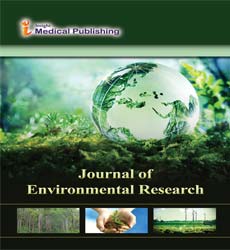Unveiling China-Pakistan solar park model towards Low-carbon transition
Abstract
To address the challenges of climate change caused by the prevailing use of fossil fuels, the low-carbon transition is urgently needed as a major approach to realizing sustainable development in developing countries. Officially launched in 2015, China-Pakistan Economic Corridor (CPEC) provided opportunities for deep cooperation between China and Pakistan focusing on the energy, transportation, ports, and industrial cooperation. Under the CPEC, an increasing number of renewable energy projects have been funded, providing increasingly significant carbon emission avoided effects in Pakistan. Among the priority energy projects in the CPEC, the photovoltaic power stations in the Quaid-e-Azam Solar Park are among Pakistan’s representative solar energy projects. The development of the project is with the participation of multiple Chinese enterprises, including TBEA Xinjiang Sunoasis Co., Ltd. and Zonergy Company Limited. During the whole processes, the development model of the photovoltaic power stations gradually changed from the Engineering, Procurement, and Construction plus Operation and Maintenance model to the Build-OwnOperate model. Based on the multi-stage construction of solar power stations in the solar park, the land, infrastructure, and transmission facilities could be arranged, simplifying the procedures for the respective enterprises. Meanwhile, the construction and operation of the photovoltaic power stations are subject to the multi-scale embedding framework including resource endowments, industrial linkages, development plans, and institutional systems in the host countries. The construction of the solar park could provide references to promote low-carbon transition, improve energy institutional systems, fulfill carbon reduction commitments, and mitigate climate change, which is expected to provide policy implications for renewable energy development and low-carbon transition.
Open Access Journals
- Aquaculture & Veterinary Science
- Chemistry & Chemical Sciences
- Clinical Sciences
- Engineering
- General Science
- Genetics & Molecular Biology
- Health Care & Nursing
- Immunology & Microbiology
- Materials Science
- Mathematics & Physics
- Medical Sciences
- Neurology & Psychiatry
- Oncology & Cancer Science
- Pharmaceutical Sciences
